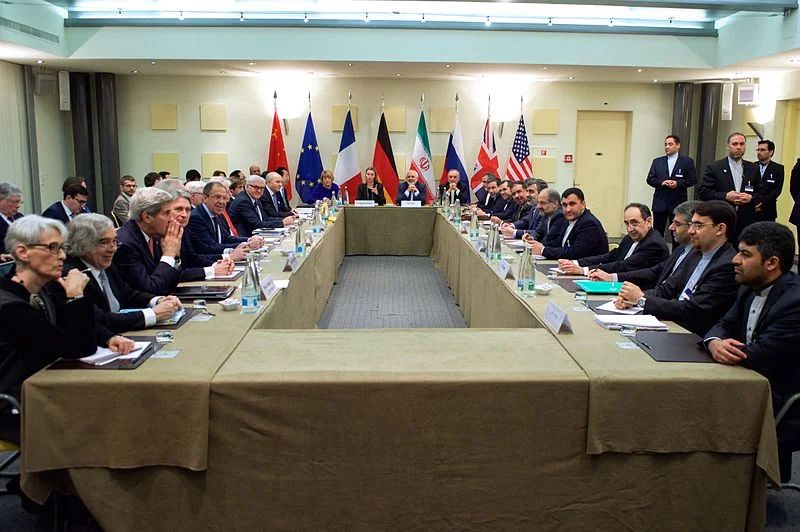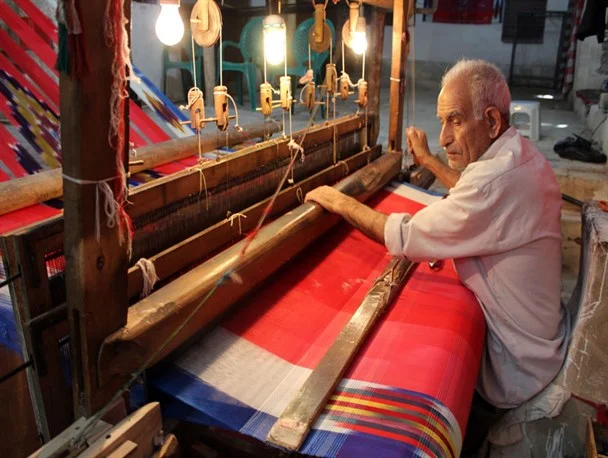Media Guide: US Coalition Against Iran
/By Gabriela Billini, AIC Research Fellow
Introduction:
In January 2019, U.S. Secretary of State Mike Pompeo took the opportunity of a regional trip to announce a new foreign policy strategy regarding Iran. This new strategy is to build a coalition that will actively counter Iranian regional influence and build an overall consensus against Iran. This strategy is to be reinforced in an upcoming conference in Warsaw, Poland, titled the Ministerial to Promote a Future of Peace and Security in the Middle East.
Below are some key details regarding the new coalition and background on the conference in Warsaw, taking place on February 13th-14th, which is expected to promote this foreign policy
Read More




















